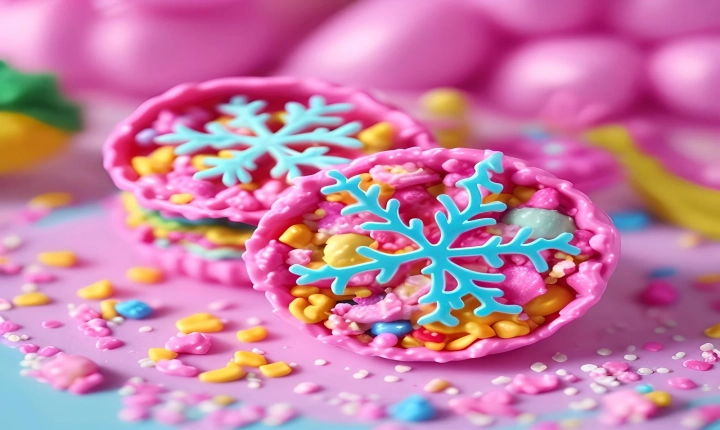Title: How Are AI Covers Made? Exploring the Technology Behind AI-Generated Cover Art
In today’s digital world, the creation of book covers, music album art, and other visual content has been revolutionized by the use of artificial intelligence (AI). From generating stunning visuals to capturing the essence of a story or an album, AI tools have become integral in the artistic and creative process. But how exactly are AI covers made? Let’s explore the technology and methods behind the production of AI-generated cover art.
AI covers are created through a process that involves machine learning, deep learning, and image recognition algorithms. These algorithms analyze vast amounts of data, including existing cover art, visual elements, and design trends to generate new, original cover designs. Here’s a glimpse into the steps involved in creating AI covers:
Data Collection and Analysis: The first step in creating AI covers involves collecting and analyzing a large dataset of existing cover art, design elements, and visual trends. This data serves as the foundation for the AI algorithms to understand and learn from.
Training the AI Model: Once the data is collected, AI models are trained using techniques such as convolutional neural networks (CNNs) to recognize patterns and visual features. The AI is taught to understand aesthetics, color schemes, typography, and other design elements through this training process.
Generating New Designs: After the AI models are trained, they utilize the learned information to create new cover designs. By combining different visual elements, styles, and design preferences, the AI generates a wide range of potential cover art options.
Feedback Loop and Iteration: Human input becomes essential in this stage, as designers and creators provide feedback on the AI-generated designs. This feedback loop allows the AI to refine its designs based on human preferences and aesthetic sensibilities, further enhancing the quality of the generated cover art.
Customization and Personalization: AI covers can also be tailored to specific themes, genres, or target audiences. By incorporating metadata and contextual information, the AI can customize the cover art to align with the content it represents, ensuring that the design resonates with its intended audience.
Quality Assurance and Finalization: Once a suitable design is selected, the AI-generated cover undergoes a final review and quality assurance process. At this stage, designers ensure that the cover meets the necessary technical requirements and is aligned with the brand or artistic vision.
The Future of AI Covers: As AI continues to evolve, the capabilities of AI-generated cover art are expected to expand. With advancements in generative adversarial networks (GANs) and other AI techniques, the creative possibilities for AI covers are limitless. The ability to create unique, compelling visuals that capture the essence of a story or a musical composition is a testament to the potential of AI in the creative industry.
In conclusion, AI covers are the result of a sophisticated process that combines data analysis, machine learning, and human input to produce visually captivating and contextually relevant cover art. As AI technology continues to advance, we can expect to see even more innovative and personalized AI-generated covers that push the boundaries of creativity in the digital age.
